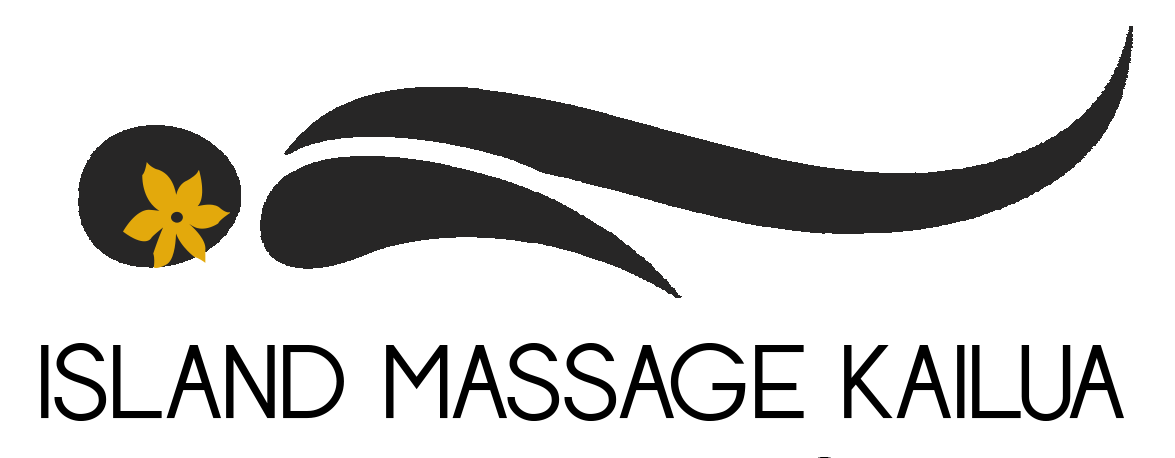Reflexology, Acupressure, Cranial Sacral, Shiatsu
Acupressure: Ancient healing art using the fingers and other parts of the body to skillfully press key points, which stimulate the body’s natural self-curative abilities. When these trigger points are pressed, they release muscular tension, and promote circulation of blood, and the body’s life force energy to aid healing. Acupuncture and acupressure use the same pressure points and meridians, but acupuncture employs needles, while acupressure uses gentle to firm pressure and integrates bodywork therapies, therapeutic touch, somatic work, healing imagery, energy psychology, and massage therapy techniques.
Reflexology: The physical act of applying pressure to the feet and hand with specific thumb, finger and hand techniques without the use of oil or lotion. it is based on a system of zones and reflex areas that reflect an image of the body on the feet and hands with a premise that such work effects a physical change to the body.
Cranial Sacral: A gentle, noninvasive form of alternative medicine that deals with the movement of the fluid surrounding the skull and spine. Cranial sacral therapists ease the restrictions of nerve passages by focusing on the membranes that encase the central nervous system. Cranial sacral therapy seeks to restore misaligned bones to their proper position and is thought to eliminate the negative effects of stress as well as provide relief from migraine headaches, neck and back pain, TMJ and more.
Shiatsu: Shiatsu is a Japanese form of bodywork. Like acupuncture, shiatsu is based on the holistic system of traditional Chinese medicine, where illness is thought to result from imbalances in the natural flow of energy, or qi (pronounced “chee”) through the body. The therapist uses finger and palm pressure to energetic pathways, called meridians to improve the flow of qi. The scientific explanation is that shiatsu calms an overactive sympathetic nervous system, which improves circulation, relieves stiff muscles, and alleviates stress.
